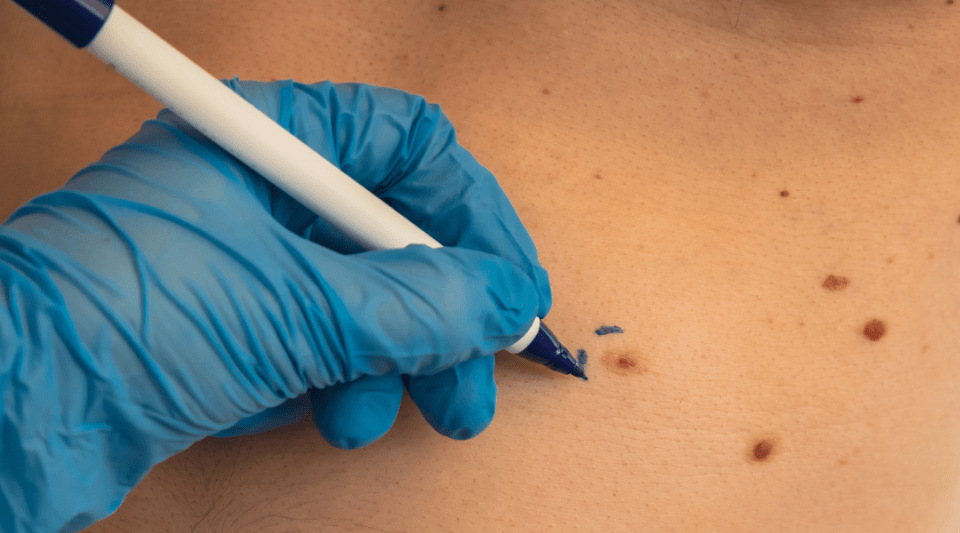The herpes zoster virus is the cause of chickenpox, which is how the disease manifests itself the first time the person is infected. When the virus is reactivated it can give rise to cutaneous herpes zoster, commonly known as "shingles". This virus is part of the same family as the herpes simplex virus that can cause genital or labial herpes, although the diseases are different. Once herpes zoster has come into contact with the body, it remains latent in the nervous system, specifically in the sensory ganglia of the cranial nerve or the ganglia of the dorsal root. At a certain moment, the virus reactivates, replicates, is transported through the nerves and comes out on the skin. Normally, this reactivation occurs in adulthood and is more common in older people. It is believed to manifest itself when the immune system is weakened.
Some of the possible causes are:
- Emotional stress.
- The use of immunosuppressants.
- Having a chronic disease.
- Suffering a previous trauma.
- Exposure to the virus. People with cutaneous herpes zoster can infect those who have never had chickenpox. Transmission is by direct contact with the lesions of an infected person.
The lesions are usually located on the skin of the lower back or cervical area, and also near the eye or ear. An abnormal sensation or pain occurs in the affected area of the skin, then after 4 or 5 days’ lesions in the form of macules (flat, visible discoloured areas) begin to appear, which transform into vesicles or blisters which are painful. This is when the virus is at its most infectious. The blisters burst and dry up after 7-10 days.
The general symptoms of herpes zoster infection are usually:
- Fever.
- General discomfort.
- Headache.
- Pain or altered sensation in the affected skin area.
In 10-18% of cases, the pain can persist in the form of postherpetic neuralgia, which occurs after the blisters disappear. The neuralgia can last for days, months or even years. The risk of developing it increases with age, so vaccination (with RZV Shingrix) is recommended in adults over 50 years of age. The Centers for Disease Control and Prevention (CDC) recommend two doses of the recombinant shingles vaccine. Vaccination is also advised in adults of 19 years of age or older who have a weakened immune system due to disease or therapy.
Reactivation of herpes zoster infection is treated with oral or intravenous antiviral drugs, especially in patients older than 50 years or with extensive affection. Treatment is usually not necessary as the disease can resolve spontaneously in 7 days. Antivirals are effective within 72 hours of the appearance of blisters, during this period superinfection of the lesions should be avoided with topical antiseptics. In addition, analgesics have been described as providing effective prevention from the appearance of postherpetic neuralgia; in some cases, as powerful as corticosteroids.
Information documented by: Dr. Veronica Rico, doctor in the Infectious Diseases Service and Home Hospitalisation Service, and member of the IDIBAPS Nosocomial Infection Research Group.






